
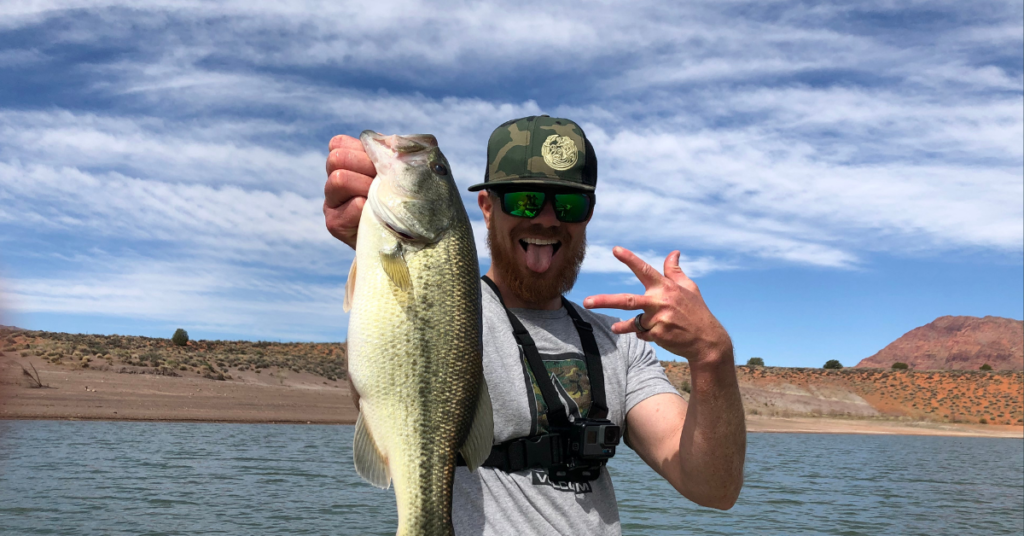
This article will walk you through the situations you need to look for to know when it’s a good time to use a spinnerbait. It also explains some additional secrets such as how to retrieve a spinnerbait and how to add trailer hooks so you catch more big bass. A spinnerbait catches big bass, so it’s crucial for you to know when to use one. This one short read will give you what you need to know about spinnerbaits so you don’t miss out on the good spinnerbait bite opportunities. Enjoy the article!
Here’s a simple rule of thumb for knowing when the weather is right to pick up a spinnerbait. Usually, a spinnerbait performs well whenever the light from the sun is shielded or distorted. This means cloudy, overcast, or windy days produce the best results with a spinnerbait. In addition, early morning and late evening–when the direct sunlight is low–is a good time to throw a spinnerbait. Cluing in on when weather breaks up the direct sunlight is the key ingredient to catching more bass on spinnerbaits.

A spinnerbait truly is a universal bait for cold to warm water temperatures. Spinnerbait really outperforms other baits when in cooler water temperatures. This is usually the time when bass are more prone to attack schools of baitfish. The best spinnerbait bite usually occurs in early spring and in the fall. When water temperatures are in the 50-degree range, look to a spinnerbait to outperform a lot of the other baits in your box.

Spinnerbaits work great in all types of water clarity, but they perform best in stained and dirty water. Whenever visibility is limited, a spinnerbait really draws strikes because of the vibrations from the blades. The bass feel as if a small school of bait fish is going by; they don’t want to miss out. When bass are relying more on feel instead of eyesight, a spinnerbait will draw them in like no other bait will. For these reasons, venture to find stained and dirty water, pull out that spinnerbait, and catch your giant bass.
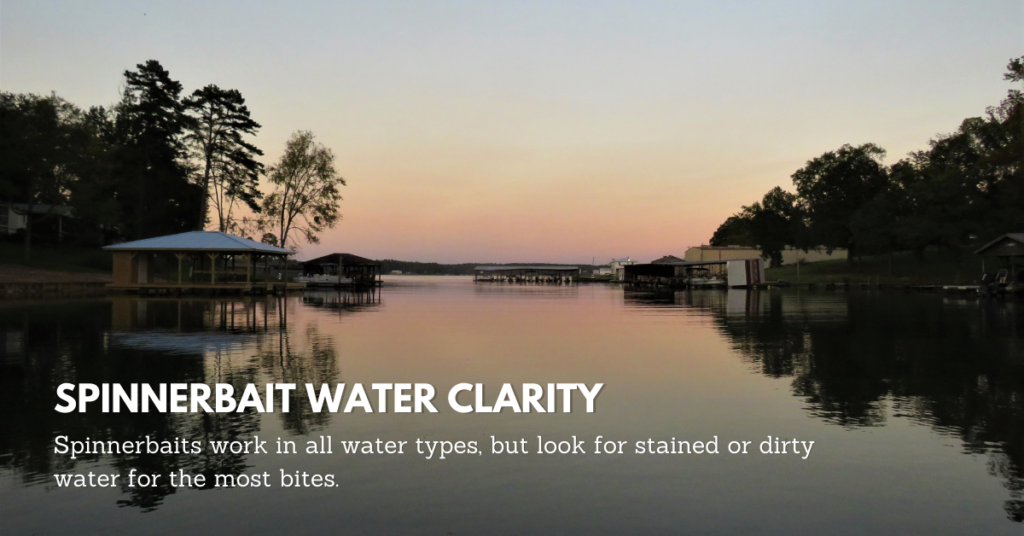
The key power of a spinnerbait is it will draw bass out of their hiding places in heavy cover. The best structure for a spinnerbait is open water and around flooded brush or wood. The design of a spinnerbait prevents it from hanging up in brush because the wire guard with the blades protects the hook from snags. Optimally, if you need to draw bass out of thick wood and brush, reel a spinnerbait by and get those bites.
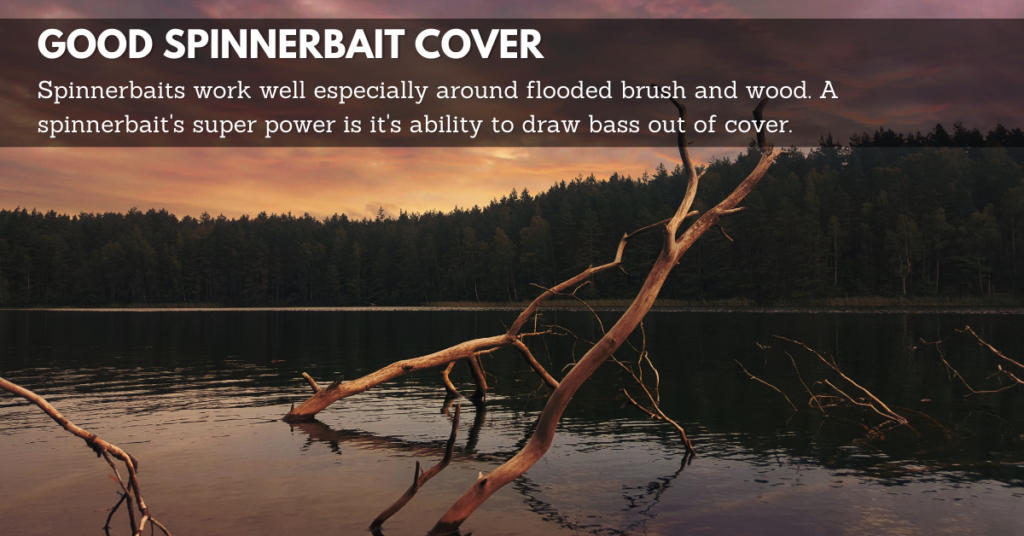
Here are a couple more bonus tips on how to catch more bass on spinnerbaits.
How you retrieve your spinnerbait will make a big difference on getting a bass to hit. Plus, adding an extra hook will enable you to get those slashing strikes on the line. Learn these two tricks and your spinnerbait catch ratios will go way up.
When most people throw a spinnerbait, they do the following and wonder why they don’t catch bass. They cast it out reel it back at a steady pace. You will catch a few fish doing this but you will catch way more if you learn to make your spinnerbait pulse like a school of baitfish in the water.
I learned about this trick early in my bass fishing quest. When I was young and first throwing a spinnerbait, I went to a golf course pond. I made a cast to the only piece of structure in the pond. It was a metal crate surrounding a fountain. On my initial cast, I got a bite. I made repeated casts to the same spot hoping to get a bite again. On my fourth cast I decided to try and yo-yo the bait a little, and immediately hooked up. Even this young, I knew I was on to something big.
I also saw this pulsing demonstrated with a fish tank at a fishing expo. The pro would just wind the spinnerbait back, and the bass in the tank did nothing. As soon as he started ripping the bait, to make it pulse around, the bass in the tank would react.
You will get a lot more bass on a spinnerbait by pulsing it with a quick, short jerk on your rod every once in a while when you reel it in. A quick jerk mimics a fleeing school of fleeing baitfish better and triggers those big bass to eat when they otherwise wouldn’t.
The reason a trailer hook is so important to a spinnerbait is because of the nature of the bite. Bass like to slash at schools of baitfish. It’s hard for them to single out one fish, so they usually slash at spinnerbaits a lot. This means you will miss a lot of bites unless you have an extra hook to get a hold of the slashing fish.
The best way to hook and holds is to add a treble hook to the back of your existing hook on your spinnerbait. You can also use pre-made trailer hooks created for this specific purpose. Use a firm piece of clear plastic tubing to keep the hook from sliding up and out of position. See illustration below:
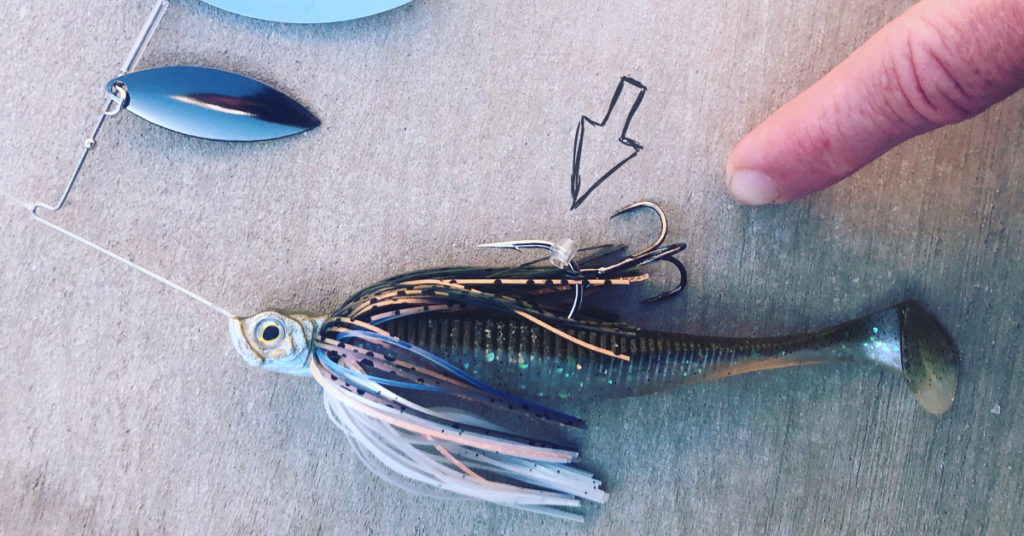
Here’s a video of a spinnerbait saving a fishing trip. The situation in this video matches up perfectly to the situations outlined in this post. There was deep flooded brush, wind, and the water was cold and dirty. Everything lined up perfectly to help us have a great day on the water. Check it out!
It appears there has been a migration in the pro level tournaments away from chatter baits and more towards spinnerbaits. Personally, I’ve caught more and bigger bass on a spinnerbait than I have a chatter bait. It’s an easy bait to throw and covers a lot of water fast.
One more thing, the links above and below in this post are affiliate links were you can pick up baits, rod’s, reels, line, and anything else I use to “Krak” some bass on spinnerbaits. Krakenbass receives a small percentage of the sales through these links. I only use links to baits and gear I personally trust and know work. These links geared to be helpful for you, not for the small amount I make for the sale of the products. I hope these products can help you “Krak” some bass like they have for me. Thank you for your support!
As Always,
Stay Stoked!
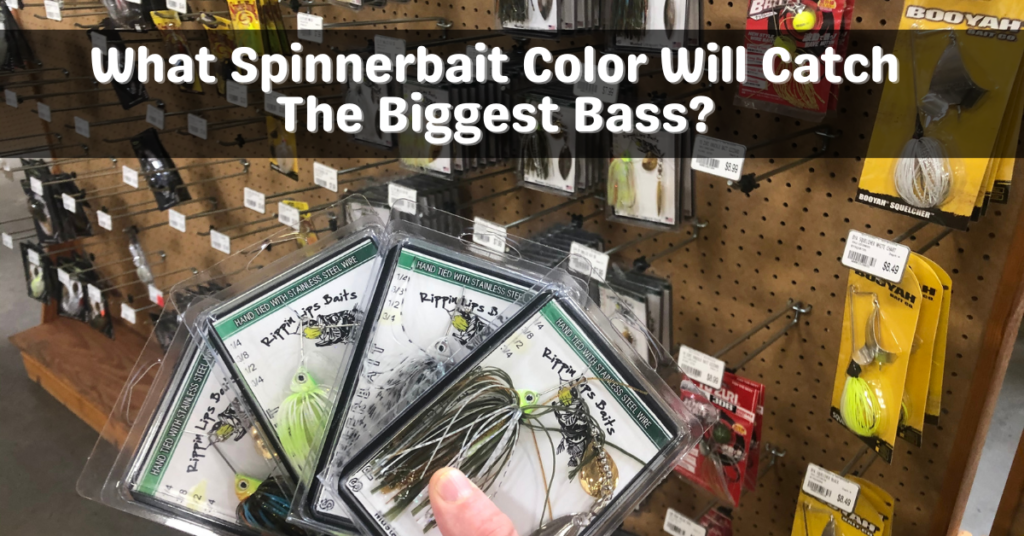
You need a system to know where to go, what to use and how to work your lures to catch more bass in every situation.
Use this lure color selection chart and perfectly match the color of your lure to what bass are wired to eat without trial and error so you can catch the monsters!
Discover how to perfectly match the color of your lure to what bass are wired to eat so you can catch the monsters!
2 Responses
I know you are right about the bass lashing out at the pulse like it is attacking a school of minnows as opposed to just targeting just one fish. Sometimes I use spoon and often the hook will end up near the mouth of the bass but not in it and that would explain why. (I’m not trying to snag I swear)
I have also seen bass attacking schools of minnows by moving violently into the school attempting to try to disable a few of them and then come back around to eat the unlucky injured paralyzed minnow. (Kinda like you would see a great white do to a seal on discovery channel).
So your article does make sense to me. Thank you for writing it
Great insights! Thanks for sharing!